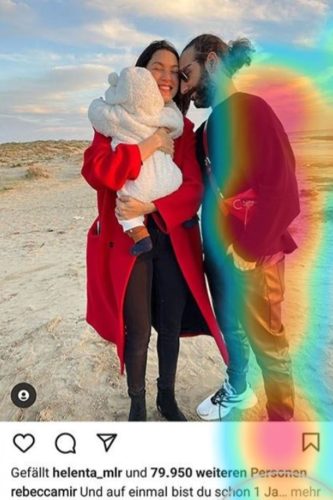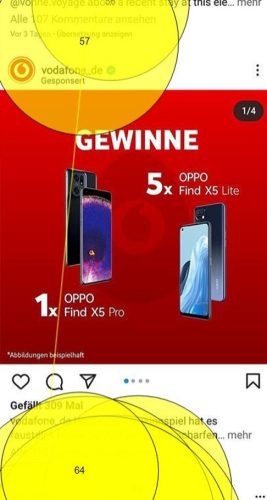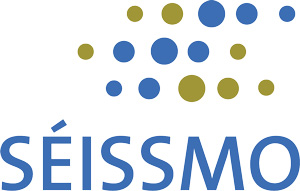Advertising tests
Which methods are used for advertising tests?
In addition to traditional methods such as in-depth interviews, which uncover underlying motivations, drivers and barriers, we also consider the use of new methods to be useful. These include the cognitive interview, which uses accurate recall to recreate past behaviour in a realistic and detailed way. In an online diary, participants can document which media they use and how they use them. In this way, we can track actual behaviour live.
In the past years, various biometric tools for advertising testing have become popular, allowing to measure physiological reactions to advertising. However, at Séissmo, we are not convinced that eye tracking or facial coding (i.e. the measurement of different emotions by coding the facial expressions of respondents) bring added value to qualitative advertising tests.
Why we do not use mobile eye tracking


Usually, the eye tracking measurement takes place in an artificial situation. Participants have to come to a test venue where they are asked to reproduce their user behaviour on an unfamiliar computer in an unfamiliar environment. Furthermore, in our opinion, solutions that track gaze behaviour with an external camera are not accurate enough and do not provide reliable data.
As part of our annual self-financed Séissmograph study, we looked at how digital advertising works on smartphones. We were particularly interested in the additional insights that could be gained by combining mobile eye tracking with qualitative interviews. What is the added value of mobile eye tracking? What are the (technical) limitations?
It has been shown that mobile eye tracking has limited reliability due to a high drop-out rate. A large number of recordings cannot be analysed or can only with great difficulty. We observed a discrepancy between the automated analysis of the results by the mobile eye tracking tool and the external evaluation by the researcher. Although the video shows a gaze, the measurement often does not seem to be correct (e.g. small gaze shift, incorrect gaze speed, incomplete video, etc.). Sometimes there is no gaze at all in the video or the gaze is frozen. Due to this lack of precision in the tool, it is necessary to verify the results manually.
Read more on Brand and Marketing
Mix Research
Collages, mime, role plays on brand values and facets
Semiotic analysis
Related articles
The other 3 pillars of our research expertise
Exploratory Research
WE DIG TO THE BOTTOM of consumers' minds
- Consumer attitudes, behaviour, drivers and barriers
- Usage patterns and habits, customer journeys
- Lifestyle research
- Market landscape, mental maps
- Latent needs, new territories
- Consumer segmentation, typology, persona
Shopper Research
- Shopping experience (online and offline)
- Optimal layout, co-creation with Do-It-YourShelf
- Shopping mood, shopping mission
- Loyalty drivers
Product & Packaging Test
- Opportunities for adopting new concepts and ideas (both products and services); addiction factor
- New formulas, flavours, fragrances, textures, colours, shapes, dosage forms, handling, devices, packaging materials, service components, names, claims, etc.
- Customer & user experience

